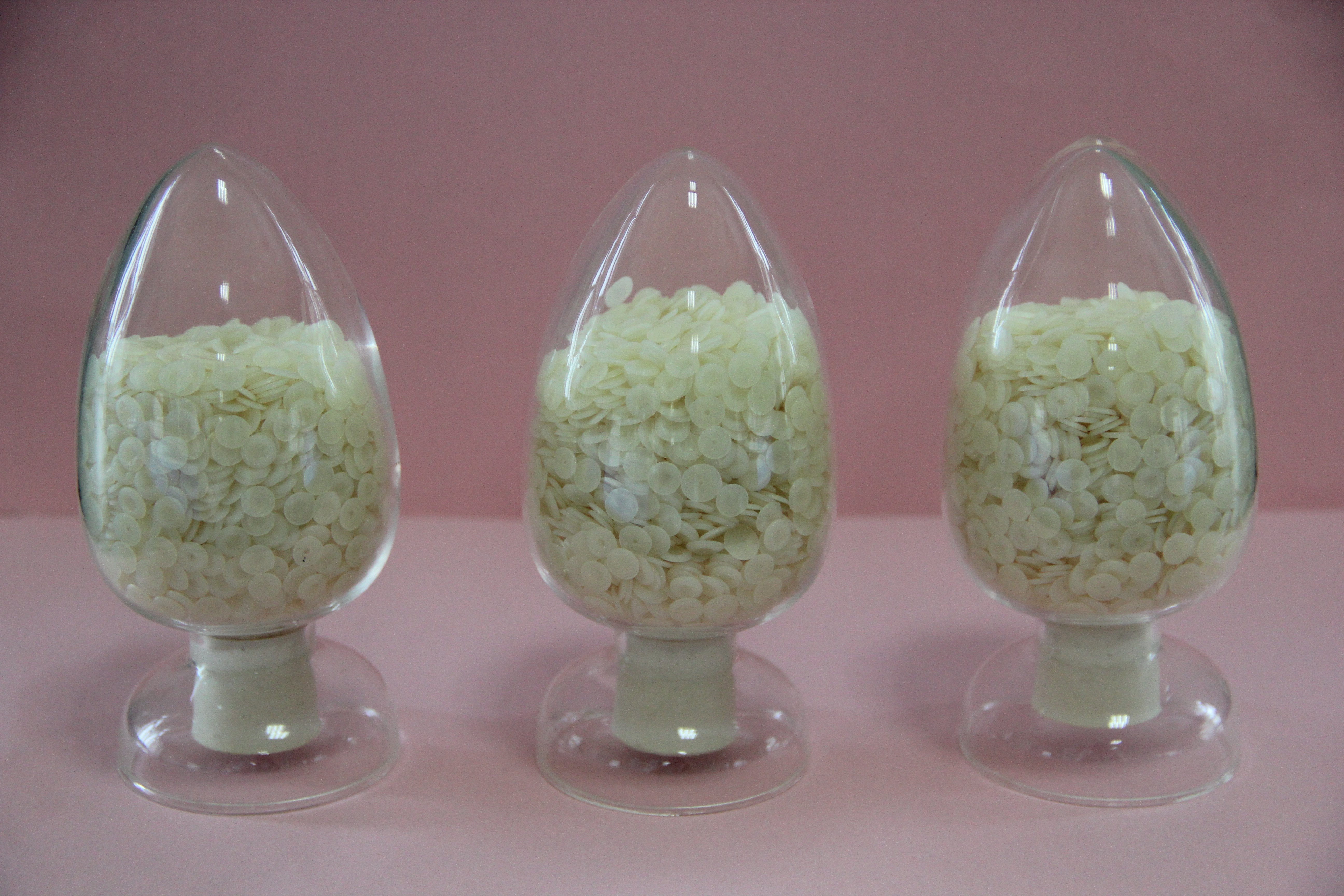The cultivation of thin-leaved melons in plastic greenhouses can be marketed one month earlier. The yield per mu can reach 3,500 kg, and the social and economic benefits are very significant. The main cultivation techniques are introduced as follows: First, choose early maturing varieties The melons are happy and warm, and in order to achieve early maturation and high yield, early maturing, high-yield, disease-resistant, low-temperature-resistant, and low-light-resistant varieties must be selected, such as the early maturing varieties such as sapphire and Hongcheng No.5. Second, nurture strong seedlings 1. Nutrition soil preparation. Nursery should be carried out in a high-drying, well-lit sunlight greenhouse. The disease-free vegetable garden soil that had not been used to grow melons before was used as a nutrient soil. The nutrient soil used is calculated by volume and is preferably prepared from 2 sieved fine soils plus 1 sieved and decomposed horse dung, and 1 kg of superphosphate or 0.5 kg of ternary compound fertilizer is added to each cubic meter of nutrient soil. , manure, fertilizer mixed evenly. After filling soil with a nutrition bag with a diameter of 8 cm and a height of 10 cm, it is neatly and tightly placed in the seedbed. 2. Seed treatment. Soak the seed with warm water of 55°C-60°C for 15 minutes to kill the germs on the seed surface. The seeds were soaked in water at room temperature (20°C) for 2-3 hours. After removing, the surface of the seeds was wiped off with a dry towel. The soaked seed is wrapped in a wet towel, and the plastic bag is wrapped out and placed in a constant temperature environment of 28° C.-30° C. The sprouting can be performed after 20 hours. 3, seedbed management. The seedling temperature maintained above 25°C during the day before emergence and 15°C-18°C during the night. Immediately after emergence, the plastic film was peeled off, and the temperature of the seedbed was appropriately lowered. The temperature was kept between 22° C. and 25° C. during the day and 12° C.-15° C. during the night so as to promote root growth of the muskmelon and prevent the formation of “high-legged seedlingsâ€. After the two leaves of the melon seedlings are flattened, the first true leaf can be appropriately increased in temperature when it appears. 7 to 10 days before planting began to reduce air temperature, low-temperature hardening seedlings to cultivate strong seedlings. When the melon seedlings grow to 3 to 4 true leaves, the main vine growth point is removed and two strong vine vines are selected. Third, timely colonization The cultivation of sweet potatoes in greenhouses has a high density and requires more fertilizer. In general, more than 5,000 kilograms of farmyard manure is applied per acre, combined with a deep turn of 40 centimeters, plus 50 kilograms of compound fertilizer and 20 kilograms of potassium sulfate. Colonization began at the beginning of April, 15 to 20 days before the planting, and the soil was tampered with. The ground was raised to raise the ground temperature. After the planting, a small arch shed was erected to promote easing of seedlings. Deep ditch high ridge, ridge width 60 cm, ditch depth 33 cm, perforation by planting 60 cm hole colonization, planting 1860 per acre. Fourth, field management 1, fertilizer and water management. When planting, the seedlings should be poured with water and the seedlings should not be watered before flowering. Too many water-retaining components make the plants long and cause fruit drop and fruit drop. After fruiting, when the melon grows to the size of the egg, you can chase the fertilizer once, and water it immediately after dressing. Apply 20 kg of compound fertilizer, 10-15 kg of urea, 10 kg of potassium sulfate or 800-1000 kg of diluted manure water per acre. Watering is stopped 7-10 days before harvest to increase the sugar content of cantaloupe. 2. Pest Control. The diseases of greenhouse melons are mainly seedling damping-off, anthrax, downy mildew and powdery mildew. The use of 0.05% potassium permanganate and 1000-fold prill to irrigate seedbeds can effectively control damping-off. Spraying on seedbeds or plants with Ledomil's wettable powder can control the occurrence and spread of anthrax, downy mildew and powdery mildew. Insect pests mainly include aphids and cabbage caterpillars.
1. Introduction
This ADK wax is a very ideal neutral Paper Sizing Agent, it can be used as pulp sizing and surface sizing to make the paper have excellent water resistance. When using this ADK wax, it should be heated to melt, and then mixed with the starch emulsifying agent and protective agent, until the agent emulsify into stable latex
2. Specifications
Appearance
pale yellow waxy solid & flake & block
Purity
≥90%
Melting point
48-50°C
Acid value (mgKOH/g)
2.0 mgKOH/g
FFA free fatty acid
≤2.0%
Iodine value
45- 48.5 giz/100g
Carbon content
C16: 40% C18: 60%
3. Alkyl Ketene Dimer Techinical Data
4. Application of Alkyl Ketene Dimer
As a kind of reactive neutral paper sizing agent, mainly used for copper base paper, copy paper, file paper, paper dictionary and quality writing paper paper in sizing. The pH value can reach about 8, which is called basic sizing, which is widely used at home and abroad. This product can also be used as surface sizing agent.
5. packaging
25KG/ bsg or 500kg/ bag
AKD Wax,Alkyl Ketene Dimer,90% Purity AKD Wax,Alkyl Ketene Dimers AKD Wax Shandong Tiancheng Chemical Co., Ltd. , https://www.tianchengchemical.com

